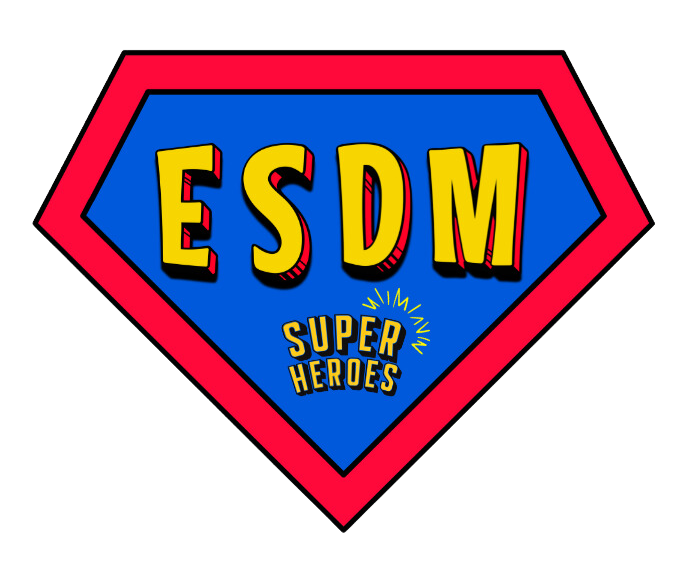In this lesson
Chapter 10 of "An Early Start for Your Child with Autism" focuses on the concept of the "Joint Attention Triangle," which is a fundamental skill in early development where a child learns to share attention with others and focus on the same object or activity. This chapter explains the importance of joint attention in building social connections and communication skills. The authors have provided us with strategies to help parents engage their children in joint attention activities, such as using interesting and interactive toys, creating opportunities for shared experiences, and consistently modelling and encouraging turn-taking behaviours. Practical exercises and examples are included to illustrate how to incorporate these strategies into daily routines and playtime.
-
Books and Guides:
1. "The Early Start Denver Model for Young Children with Autism: Promoting Language, Learning, and Engagement" by Sally J. Rogers and Geraldine Dawson**: This book provides comprehensive strategies for fostering joint attention skills.
2. "Teaching Social Communication to Children with Autism: A Manual for Parents" by Brooke Ingersoll and Anna Dvortcsak: Offers practical guidance on enhancing social communication skills, including joint attention.
Professional Support
1. Speech and Language Therapists: Can offer strategies and activities to promote joint attention skills in everyday interactions.
2. Occupational Therapists: These professionals can help develop joint attention through sensory and motor activities.
Interactive Toys and Games
1. Joint Attention Toys: Toys that require shared attention, such as cause-and-effect toys, can be effective in promoting joint attention.
2. Turn-Taking Games: Simple games like "Peek-a-Boo" or "Pat-a-Cake" can help develop joint attention by encouraging shared focus.


